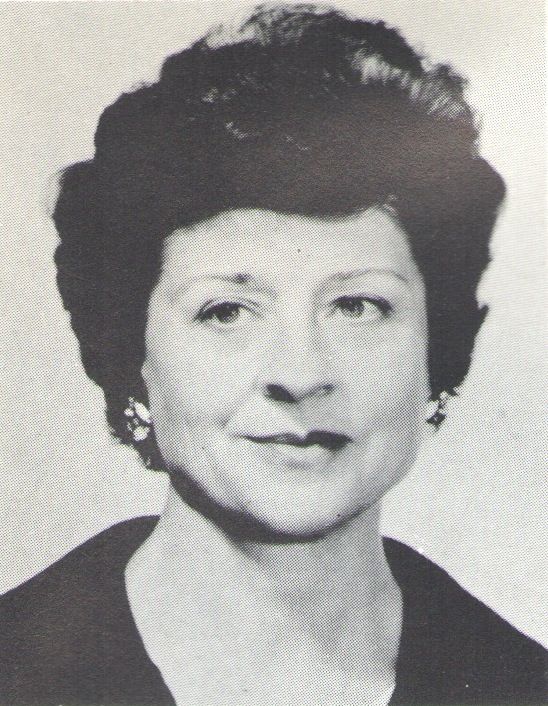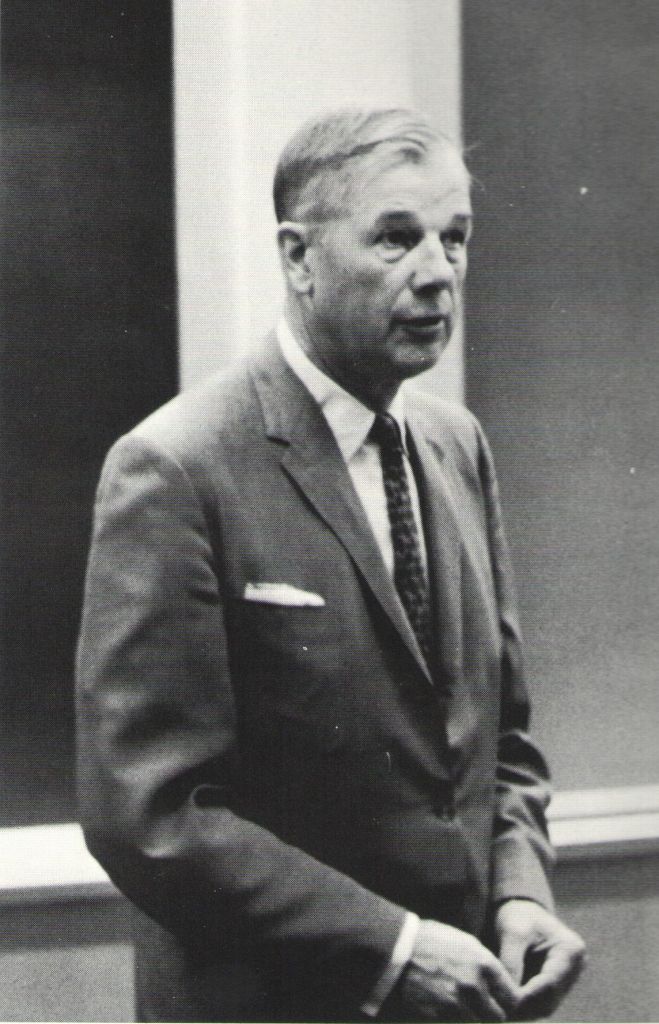6. Medical School II
In another post, I described a few instances of medical school memories. This will go into a bit more detail. When I began the second time, in 1962, my class was somewhat unusual since the chairman of the Admissions Committee was determined to change the usual makeup of medical school classes. It was a matter of pride to him that he rejected doctors’ sons. Women were still not usually accepted although the first class I began with in 1961 had three. The second class had none. We did have an unusual group as several had never taken a pre-med course and one was a Music Major.
Our first semester was largely taken up with Gross Anatomy and Biochemistry. Gross Anatomy took five afternoons from one to five. Biochemistry was mostly a lecture course and I can’t recall if there was a lab. We had labs in our Multidisciplinary Lab clusters, which had groups of four students with our desks arranged around a central lab table and sink. Physiology was a first year course, although I can’t recall if it was in the Fall or the Spring. It did have a lab and there were some hilarious moments as we constructed experiments and tried to make them work. My group did one in Pharmacology the next year on the mechanism of action of the anti-hypertensive drug, Guanethidine. The drug is obsolete but was still in use at the time.
It becomes concentrated in norepinephrine transmitter vesicles, replacing norepinephrine in these vesicles. This leads to a gradual depletion of norepinephrine stores in the nerve endings. Once inside the terminal it blocks the release of norepinephrine in response to arrival of an action potential. Spontaneous release is not affected.
I’ve forgotten how we constructed the experiment but it did seem to show how the drug worked. Reserpine has similar effects but also has significant side effects including depression. My dentist, when I was a teenager, was taking reserpine for high blood pressure and would warn his patients that he would occasionally burst into tears. Reserpine was the first really effective drug to treat high blood pressure of severity.
We also had Bacteriology as a first year class and the first year curriculum was organized around the “normal” structures while the second year focused on “abnormal” like Pathology and Pharmacology. In the Spring we had Microanatomy, taught by a female professor we all liked although her manner brought the nickname (not used in her presence) of “Bubbles.”
Professor Monroe aka “Bubbles.”
Microanatomy had a lab where we looked at slides from a box provided plus a few we made ourselves from blood and bone marrow. Bacteriology also had a lab where we plated cultures and used an incubator to see the colonies grow and to test antibiotics discs just as is done in a clinical lab. We actually had a course in clinical laboratory medicine but I can’t recall if it was in first or second year.
In the Spring of year I we dissected the brain of our cadaver from Gross Anatomy. This was a full semester and very detailed course. Today, medical students do not do the full dissection we did. They have a lot of material, especially molecular biology and genetics to learn so maybe it is appropriate but I have seen a few fairly ridiculous examples of anatomic ignorance from physicians who should know better. I remember one cardiologist asking us, during my cardiac surgery training, if we could look at the aortic valve while we were replacing the mitral volve. A rudimentary knowledge of cardiac anatomy, his specialty, would show how that is impossible.
In the second year we had Pathology as we began to focus on the “abnormal.” In addition to microscopic slides, we had autopsies to view and much time was taken in the use of autopsy material in learning pathological anatomy. We spent every Thursday morning in the LA County Hospital autopsy room where Pathology residents did autopsies and we had an instructor who went over a case with us, then did the autopsy himself. He was an internist who liked doing autopsies. One morning I walked into the autopsy room and heard the radio describing shots fired at the presidential limousine in Dallas. It was November 22, 1963 and President John Kennedy was killed.
The Chairman of the Pathology Department was Hugh Edmondson, one of my favorite teachers. Dr Edmondson was a member of the Edmondson family of Oklahoma, which had made fortunes in oil. Dr Edmondson had been chairman of Pathology for years and accepted a salary of one dollar from the medical school. He urged me to enter Pathology as a specialty saying it would be “a tragedy” if I did not do so and remain in academic medicine. At times, I think he was right but Surgery was my goal.
Pharmacology was another big course of the second year. It was taught by a team of instructors but the outstanding teacher was Dr Berman.
He was my favorite teacher in the second year of medical school. Amazingly, I met him again as I was teaching first and second year students in a clinical program called Introduction to Clinical Medicine many years later. One of my students in 2000 told me he was their favorite teacher in Pharmacology ! That was 37 years later ! He died earlier this year at the age of 96.
Another class in year II was what we called Physical Diagnosis, a course I now teach. In year I we had had a course called “The Doctor Patient Relationship,” which is now part of ICM in Year I and which I also taught for years. That course involved us interviewing patients in a County Hospital close to the USC main campus called John Wesley County Hospital. It was used as a chronic facility, especially for liver patients who were mostly alcoholics drying out. They were willing to talk to us about being sick and we were able to deal with our own anxieties about assuming the “doctor role.”
We began to see some classes on clinical medicine in Year II with what were called “Survey of Disease.” The concept was a good one and involved combining the departments of Surgery, Medicine and Pathology plus Radiology to teach diseases by system rather than by individual disciplines.
In Year III, we continued to have lectures on specialty topics. One of these courses was in Neurology and was taught by a professor who was a real character.
Dr Karl O von Hagen was Chairman of Neurology and also the father of several of my friends from college. His lectures were delivered in the big lecture hall at County Hospital and he would appear suddenly at the front of the class, deliver a 55 minute lecture that was a model of organization and then disappear through the same door. It was uncanny. If you glanced away, he seemed to disappear.
Survey of Disease also involved Dr Rosoff from Surgery and Dick Horowitz from Pathology. They would present typical cases and discuss the various specialty roles in diagnosis and treatment.



